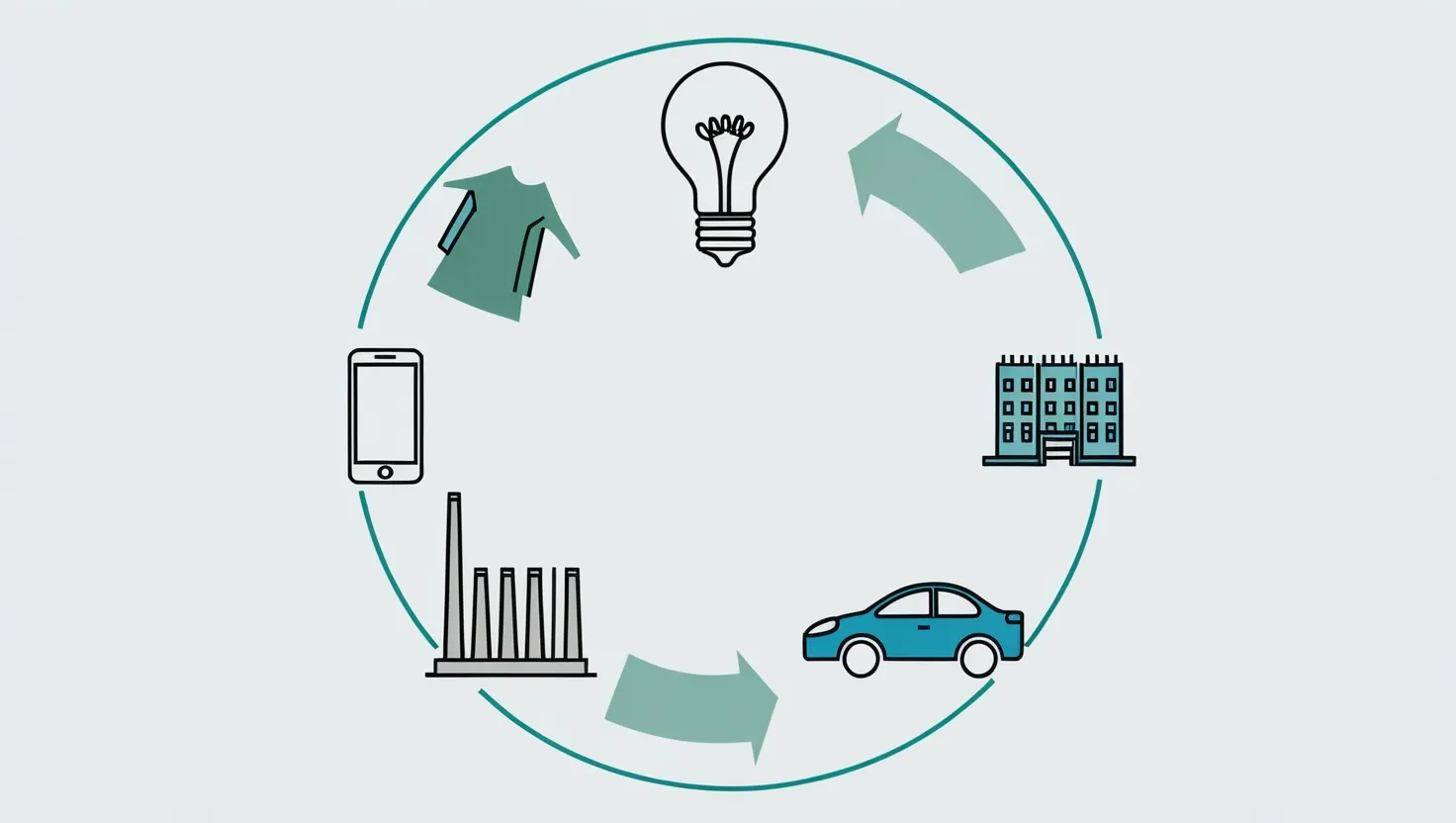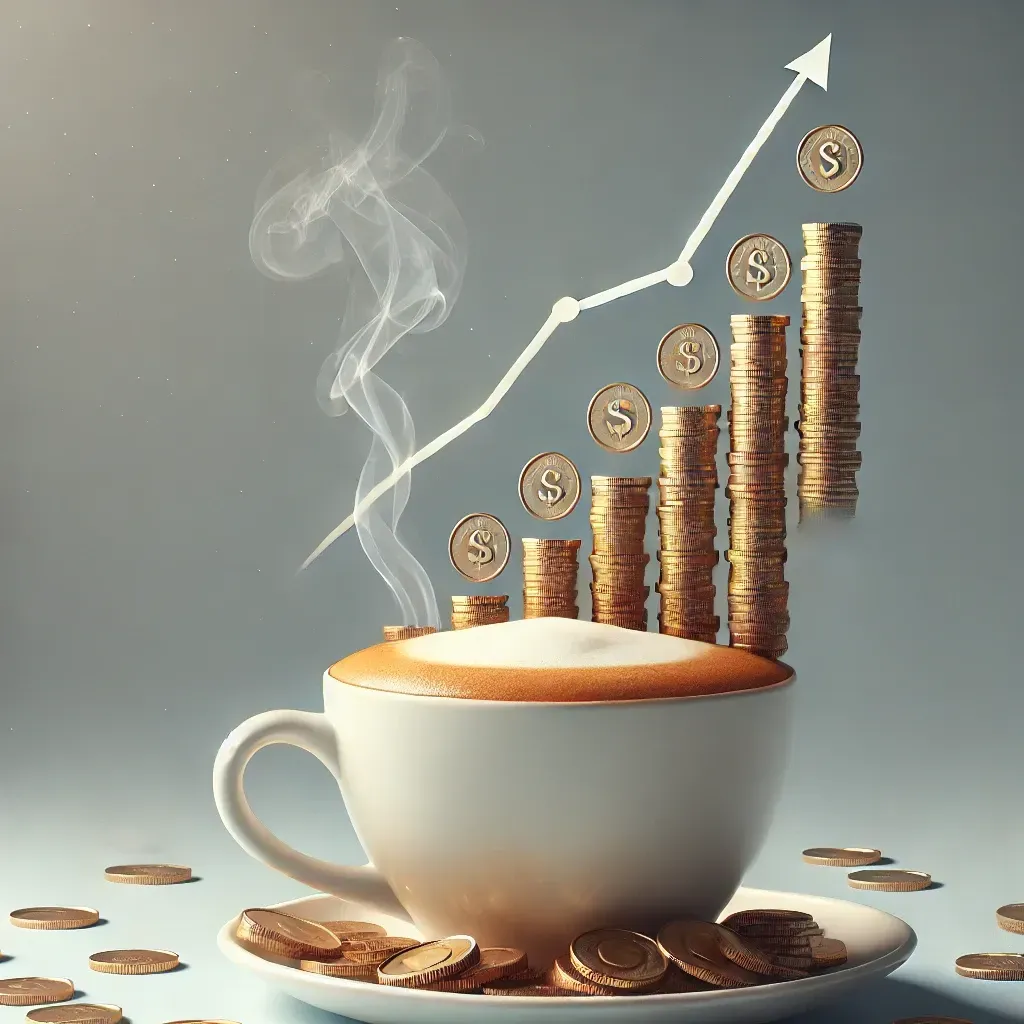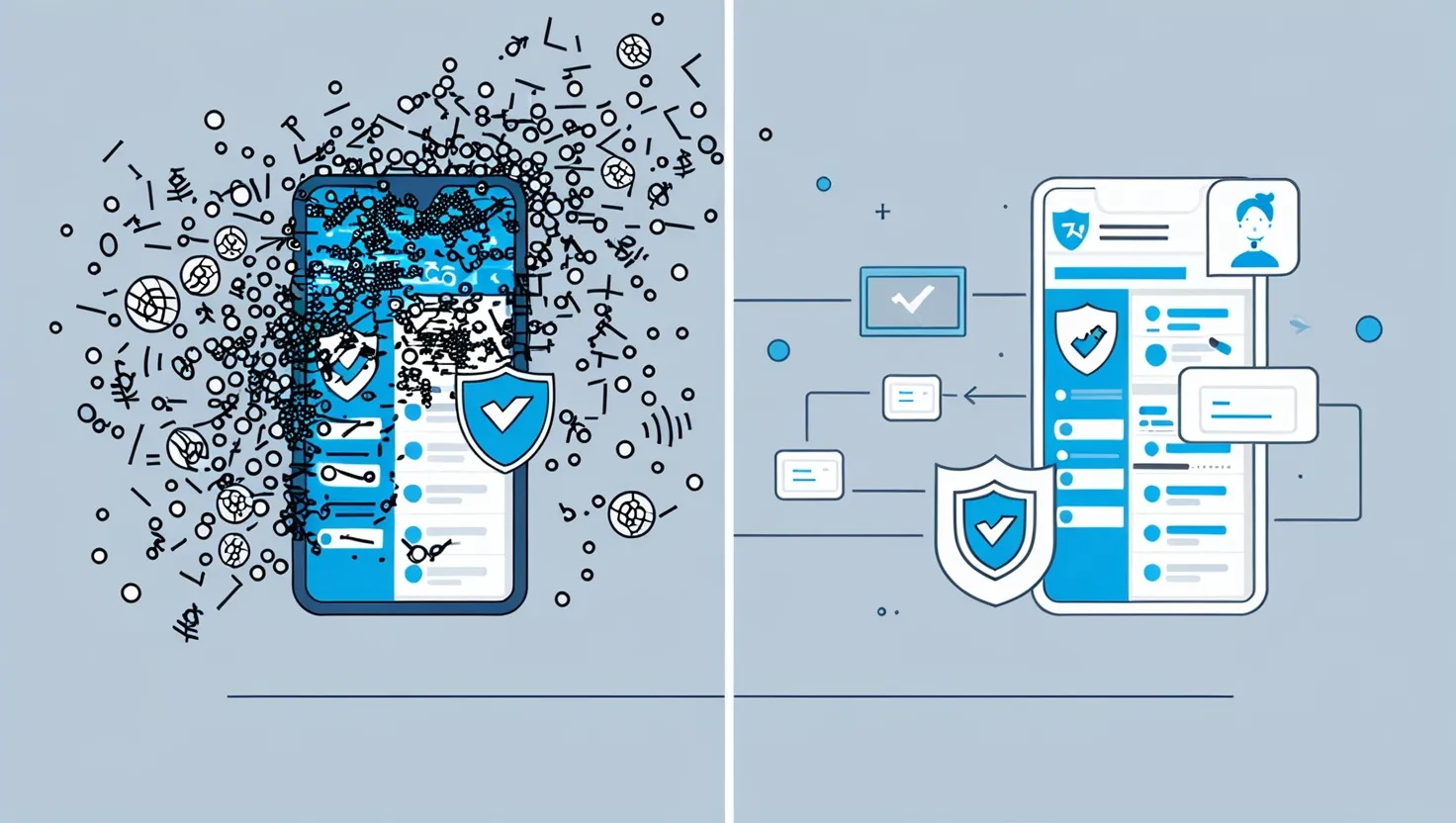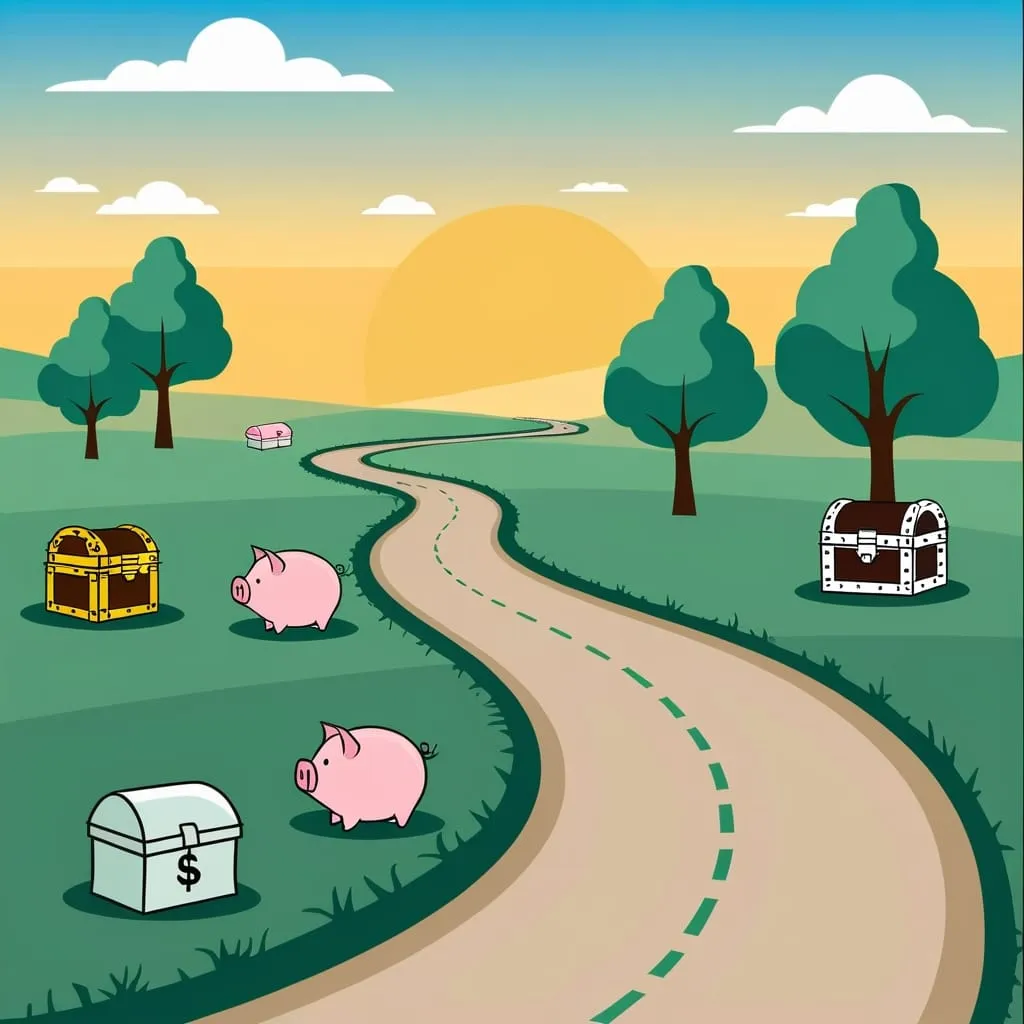Ever thought about what really happens after you toss out an old phone, or why some companies are shifting from “buy now” to “just use it when you need it”? Pull up a chair—this whole world of the circular economy is changing more about our lives than you might realize. And it’s bursting with weird, clever tweaks that make business feel less like a conveyor belt and more like a boomerang: stuff goes out, stuff comes back… but there’s a twist.
Let’s jump into the five models quietly rewriting the rules—and a few stories along the way that might have you questioning: “Why the heck haven’t we been doing this all along?”
First, close your eyes and try to picture this: instead of selling you a lightbulb, a company charges you for how much light you use. Is that a little mind-bending? That’s exactly what Philips did. They set up what’s called “pay-per-lux”—businesses get hours of lighting, Philips keeps ownership of the equipment, and when a bulb dies, Philips replaces it. Think about it, who actually wants the hassle of owning light fixtures, managing maintenance, or figuring out what to do when something breaks? The twist: Philips now has a powerful reason to make their lights last as long as possible—because throwaway culture eats into their profits, not yours. Win-win, right?
That brings us to the first model, that product-as-a-service approach. Suddenly, it isn’t about convincing you to buy the latest gadget every year, but about building something so sturdy it can survive dozens of hands. You know how you hate when your washing machine conks out a month after the warranty ends? Imagine if, instead, you just paid monthly to have clean clothes, and it was their job to keep everything running. You keep the clean clothes; they keep the stress.
Now picture a pile of old jeans. Where do they all go? Here’s a “wait, what?” nugget: turns out, more brands are quietly inventing ways to take back worn-out clothes and spin them into new ones. In the textile world, companies are weaving abandoned denim back into fresh fabrics, thanks to closed-loop material recovery programs. It’s not just good karma—for every ton of clothing upcycled, companies dodge landfill fees, cut down on new cotton bills, and suddenly have a story worth telling. Would you pay more for jeans with history if you knew your “trash” became someone else’s new favorite jacket? Some folks already do.
One day, your phone screen shatters—again. Normally, it’s a death sentence, right? But what if tech companies started designing gadgets on purpose to make repair as quick as swapping out batteries in your TV remote? That’s the modular design mindset. Some upstarts, like Fairphone, make phones with snap-out cameras, screens, and batteries. Instead of tossing a whole device, you just pop in a fresh part. It’s the same for furniture: IKEA now runs furniture buyback programs, so if you’re sick of your bookshelf, they give you store credit and refurbish or recycle the old piece. This isn’t just marketing. When fewer parts end up as trash, IKEA saves on wood and shipping, while inviting you back into their ecosystem. Isn’t it strange?—it used to be cool to own the newest stuff. Now, flexibility is the real flex.
But let’s take it a step further: what if waste from one business could become the secret sauce for another? Enter industrial symbiosis networks. There’s a brewery in the UK that ships its leftover barley mash to a neighbor, who feeds it into an anaerobic digester and makes bioenergy. The brewery cuts down on waste hauling costs, the energy company scores cheap raw material, and suddenly—out of nowhere—both get fatter profit margins and a shot at “green” bragging rights. Makes you wonder: what “waste” are you (or your employer) just throwing out that could be someone else’s goldmine?
The last model might hit closest to home. Think about how many hours your car (if you have one) just sits there doing nothing. Now zoom out: factories have thousands of machines that stay idle outside peak hours, and malls have rows of empty parking lots at night. Sharing platforms let businesses (and ordinary folks) rent out these underused assets. Farmers in India can now borrow expensive harvesting gear from neighbors instead of bankrupting themselves to own it outright. Co-working companies transform short-term rental offices; warehouse operators sublet empty space. The real kicker: these platforms can create new revenue streams out of, well, thin air. Have you ever thought about what you own that basically collects dust, and how it could help someone else (while making you money)?
Now, you might be thinking: all this sounds amazing, but isn’t it a logistical headache to get all those products back? Yep, setting up the logistics so stuff can return, be reused, or repaired isn’t cheap. Businesses have to build new web systems, find trusted partners, and even rewire how customers think about “ownership.” One IKEA exec joked that designing a chair to come apart for recycling meant thinking about their products “backwards.” That gets real complicated, real fast.
And yet, here’s the kicker: companies that nail it often find customers stay loyal longer, and regulators look more kindly their way. When governments start demanding proof of sustainability, those ahead of the curve dodge fines, slap “green” badges on their brands, and attract those shoppers who want to “vote with their wallets.” There’s real data showing cuts in material costs and landfill fees. One study revealed manufacturers using circular models can slash up to 90% of raw material needs for high-turnover products. Add that up: less waste, more fans, extra revenue sources.
You might ask, “So, where do you even start if you run a business?” The key—don’t try for everything, everywhere. Start small: pilot a repair program in one market, set up a take-back scheme for a single product line, or experiment with short-term rental offers. The data coming back will tell you if you’re saving money or running in circles. And almost always, you’ll need a few partners: maybe a reverse logistics company to handle returns, or a digital platform for tracking where your assets are.
Let’s bring it home. The circular economy isn’t just about being nice to the planet; it’s about finding that sweet spot where less waste equals more business. It’s where the question shifts from “how can I sell more stuff?” to “how can we keep this stuff flowing, earning, and delighting customers over and over?” There’s beauty in the challenge. As writer William Gibson once put it: “The future is already here—it’s just not very evenly distributed.”
So next time you plug in those lights, slide on that pair of jeans, or walk by a store with a “bring back your old furniture” sign, ask yourself: “How could I use things differently if I didn’t have to own them forever?” Maybe the real value isn’t in having more, but in keeping things moving. And maybe—just maybe—your trash is quietly becoming someone else’s next big idea.






